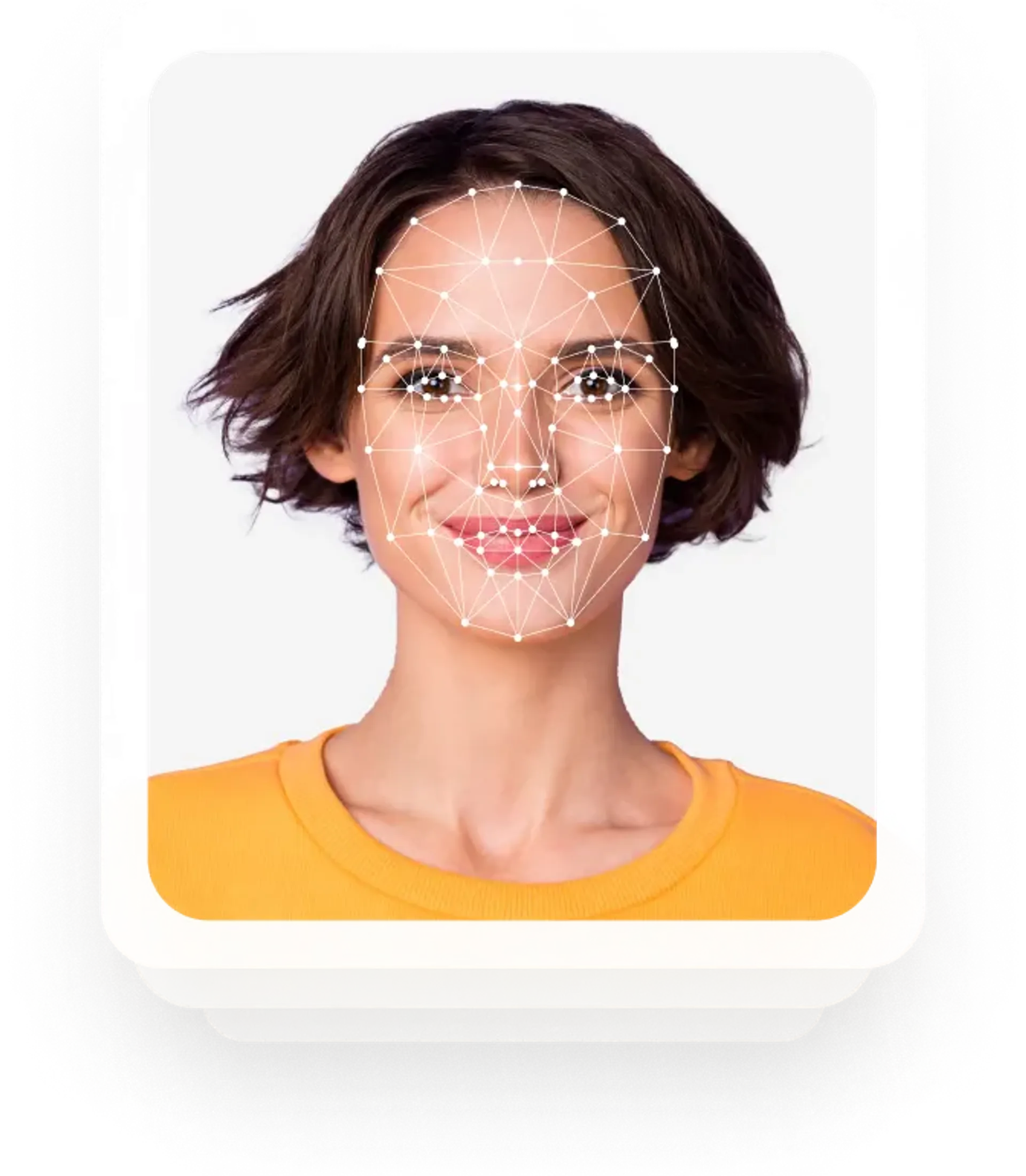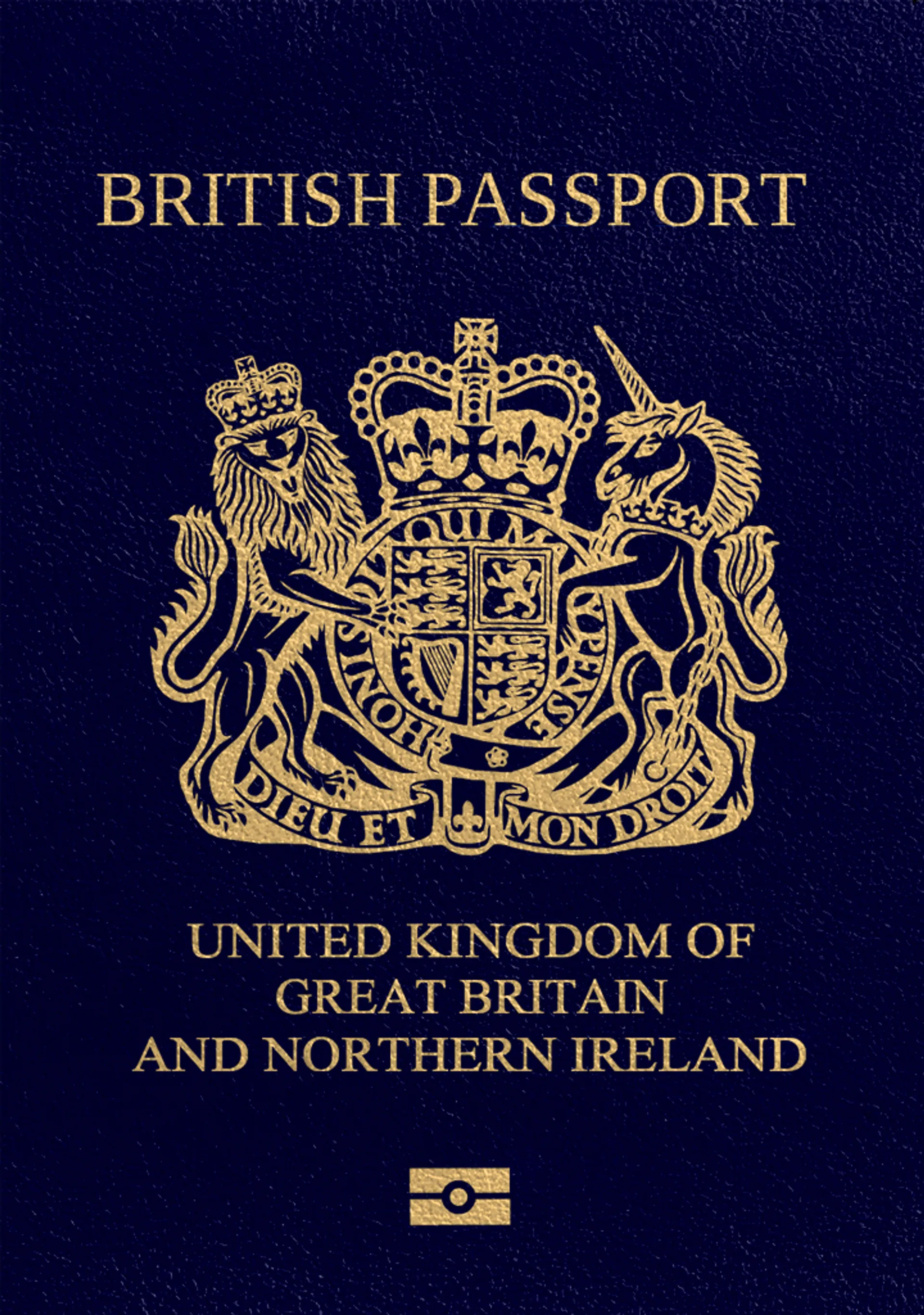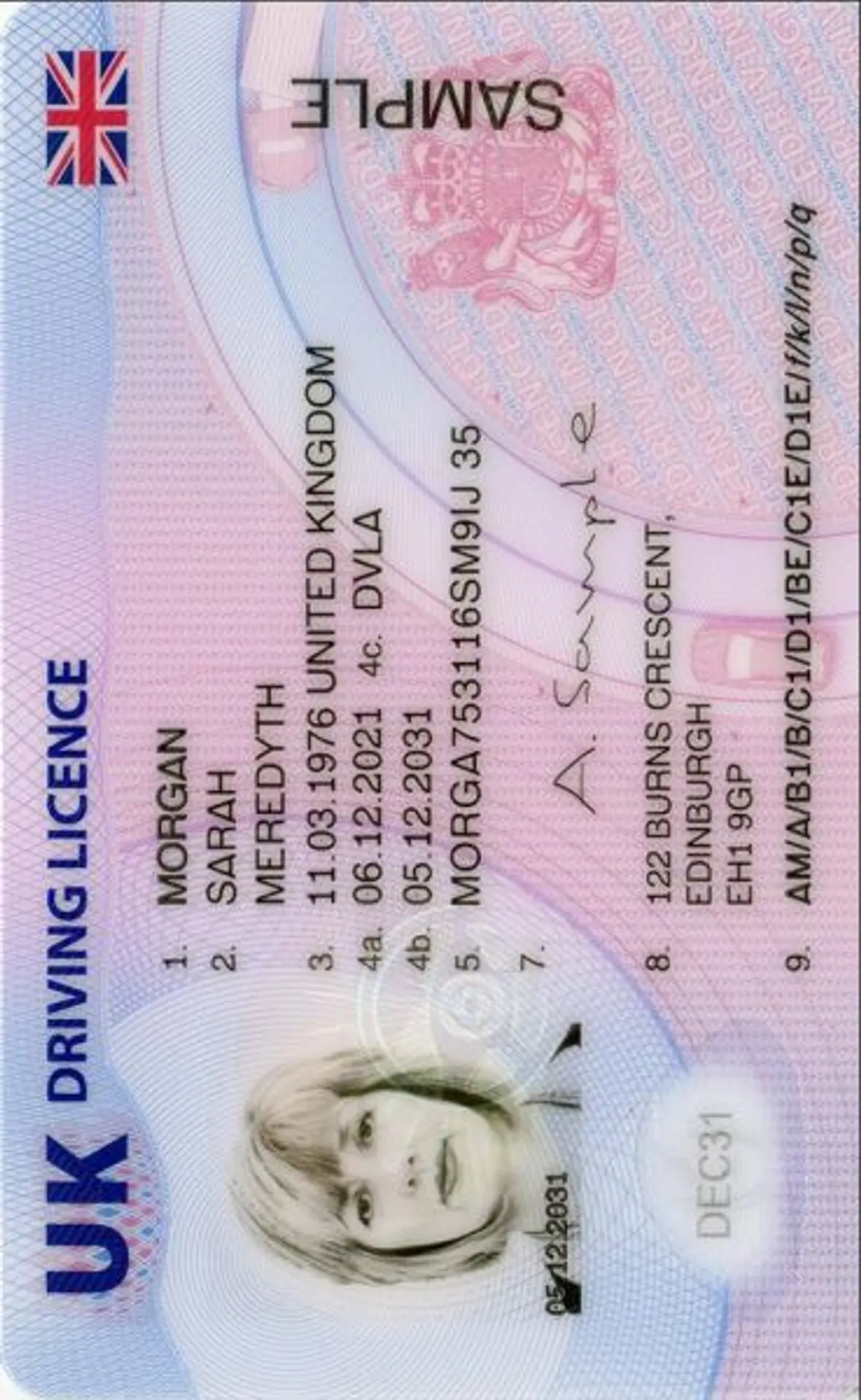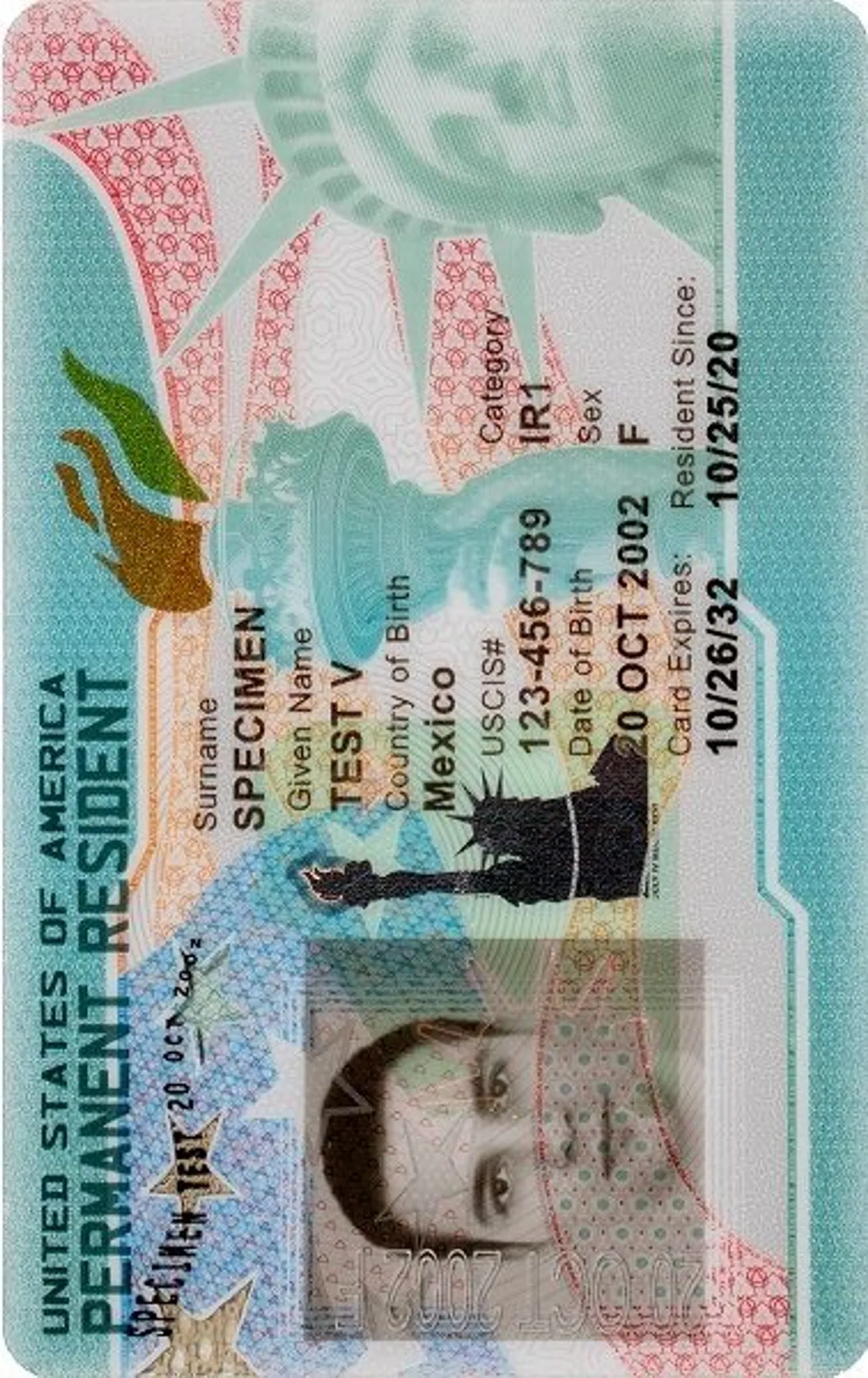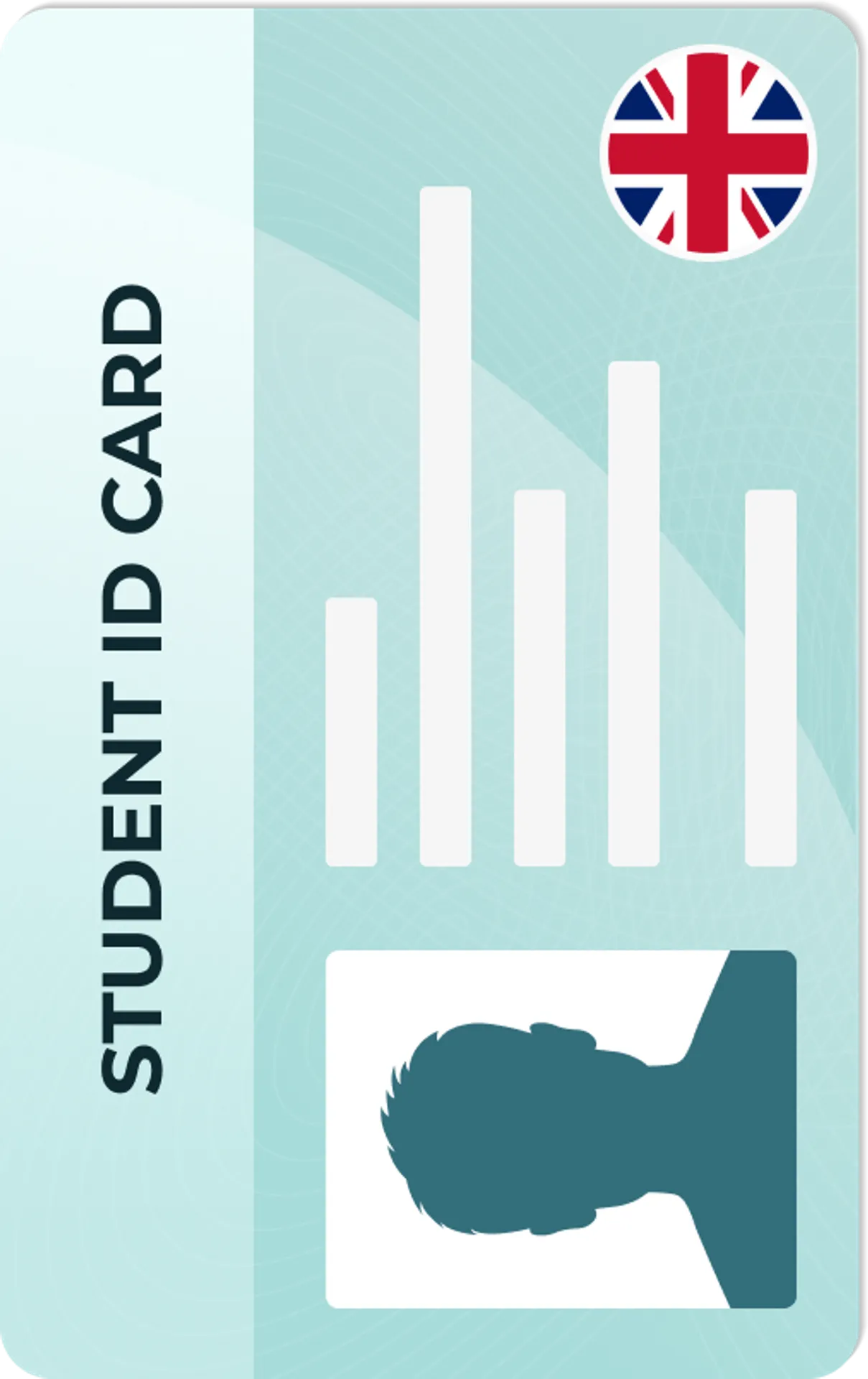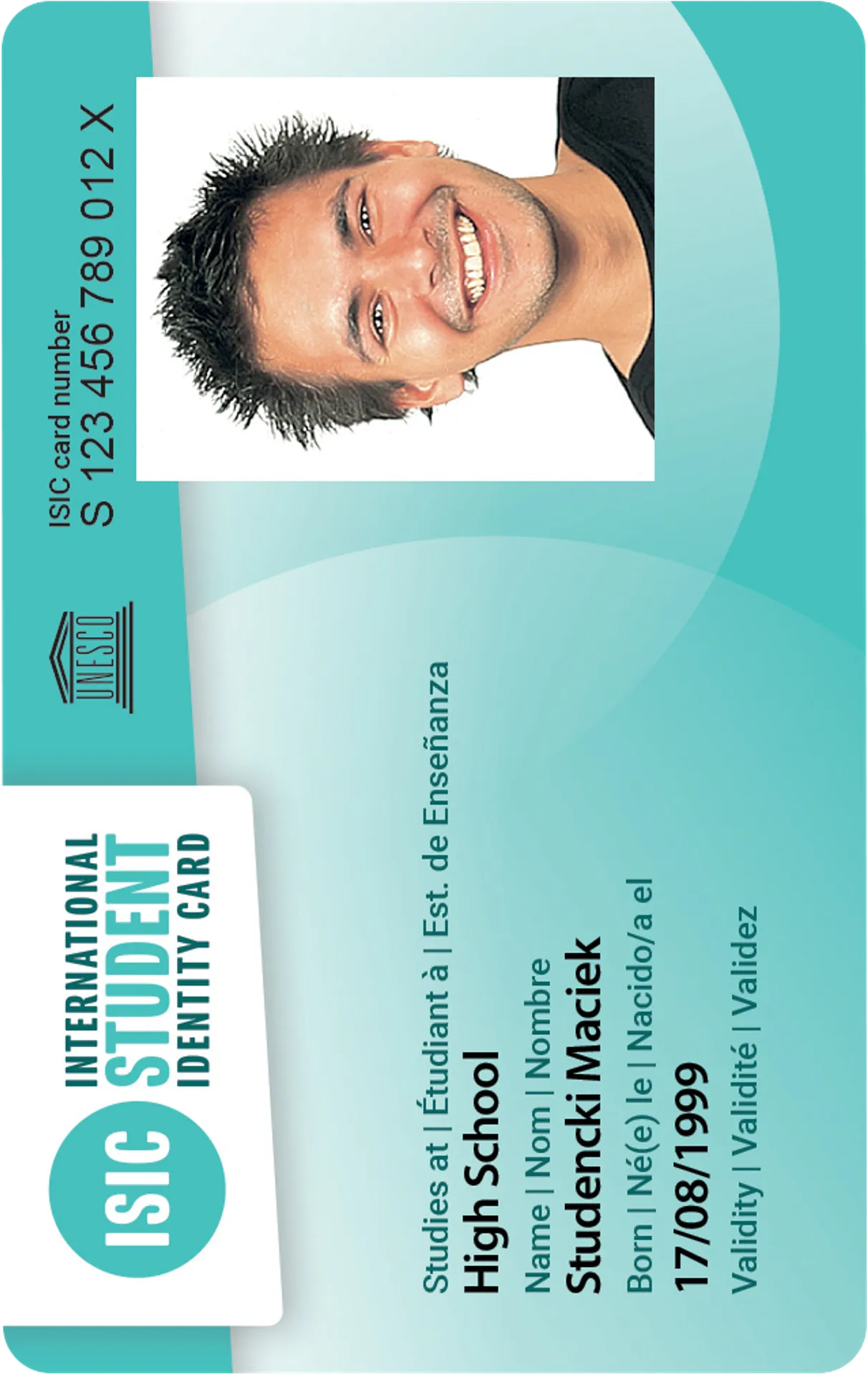
Create a baby passport photo
Skip queues and make your UK baby passport photo online stress-free from home.
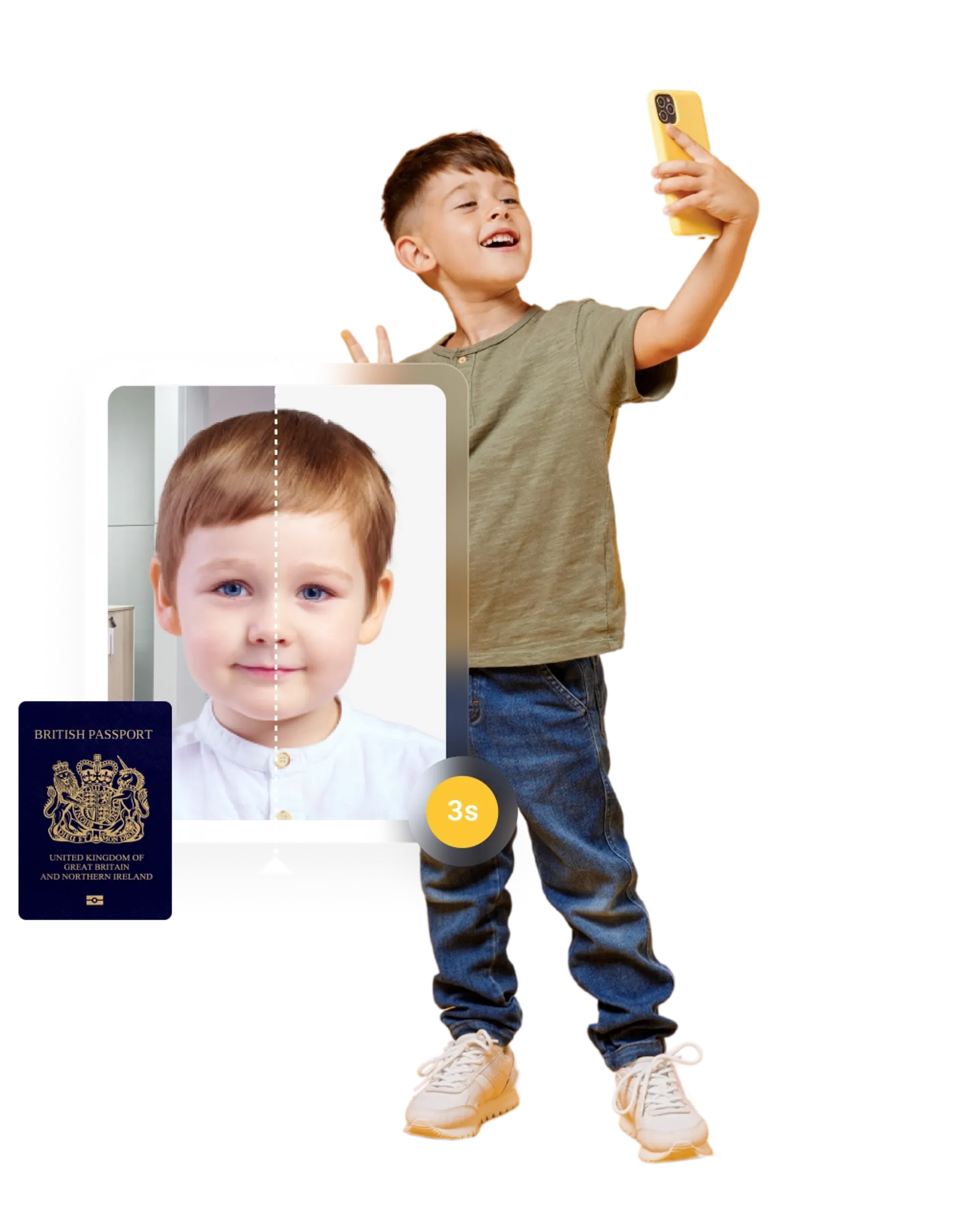






Sylwia is a skilled writer with a BA in English Studies and an active SPJ member. For nearly three years now, she's been writing captivating articles for international companies, turning her lifelong passion into a career.
Jess is a specialist in passport photography and a recognized member of the British Institute of Professional Photography (BIPP) and the Guild of Photographers. She has reviewed over 400,000 passport photos, ensuring they meet strict global standards. With a keen eye for detail and in-depth knowledge of international photo regulations, Jess helps clients get compliant photos every time.
Baby Passport Photo: Official Requirements and Guidelines
When applying for your child’s passport in the UK, regardless of age, you must provide a colour picture taken within the last month. Depending on how you apply, you’ll need:
- One digital photo (online applications)
- Two identical printed photographs (paper applications)
Whether printed or digital, all passport pictures must adhere to the following key regulations:
- Background colour: Light grey or plain cream
- Quality: Free of shadows, pixelation, blur, or red-eye effect
- Attire: Contrasting with the backdrop
- Hair: Not covering the baby’s eyes or face
- Headgear: Only for medical or religious purposes
- Glasses: Only if medically necessary (can’t hide the eyes or cause glare)
- Eyes: Children one or older must have their eyes fully open
- Additional objects: No toys, dummies, or pacifiers—your child must be the only subject in the frame
- Position & facial expression: Children over six must be looking directly at the camera and maintain a neutral expression
However, there are more baby passport photo requirements to consider.
Digital
Your baby’s digital passport photo must meet these rules:
- Size: 600–750 pixels or more
- File: JPG or JPEG sized 50KB–10MB
- Digital edits: No alterations allowed, including red-eye removal
- Composition: Must include the baby’s head, shoulders, and upper body
Note that your passport photo will be cropped by the official photo tool once uploaded to the application—don’t do it beforehand.
Applying online is more convenient but also cheaper. Instead of £69 (paper application), you’ll pay £57.50. This, of course, doesn’t include the price of a passport photo.
Important: If His Majesty’s Passport Office rejects the application due to a non-compliant photo, the fee won’t be refunded.
Prints
To apply in person, you need two high-quality 35x45 mm pictures of the baby, with the head measuring 29–34 mm in height. Additionally, the photo must be a close-up of your child’s head and upper shoulders.
Ensure you attach an undamaged photo printed on high-quality paper (no borders) without creases, ink marks, or tears. Don’t sign the passport photo unless it requires countersigning.
When should you sign your baby’s passport photo?
If you apply for your kid’s first passport, a countersignatory must sign one of their photos. The countersignatory must be someone who:
- Has known your child or you for at least two years
- Can identify your baby in the photo
- Lives in the UK or has a British or Irish passport
- Works in a countersignatory recognised profession or has a good standing in the community
UK Baby Passport Photo Guidelines
Check these additional rules for baby passport photos based on commonly asked questions from parents:
- Can a baby wear a headband in a passport photo?
No, children aren’t allowed to wear any headgear or hair accessories.
- What colour should my baby wear for a passport photo?
Dress your baby in dark-coloured clothes to contrast with the light backdrop.
- Can a baby smile in a passport photo?
A child under six doesn’t need to have a neutral facial expression.
- Can my baby’s eyes be closed for a passport photo?
Only children under the age of one can have their eyes closed.
Moreover, remember that your baby:
- Must be the only subject in the photo. They can’t be holding toys or sit on your lap (hence why using a photo booth isn’t a good idea).
- Can’t be laughing or crying.
Baby Passport Photos: Examples
Here are some examples of good and bad baby passport photos.
Acceptable Passport Photos
Unacceptable Passport Photos
Take Your Baby’s Passport Photo Yourself
With our baby passport photo app, PhotoAiD® for iOS or PhotoAiD® for Android, you can skip the search and the entire trip to a studio. Use your phone’s camera to photograph your child with ease.
How to Take a Baby Passport Photo at Home?
Taking an ID photo of your baby involves five steps:
1. Take a photo
Prepare your baby for the photoshoot with our tips listed further down the article, or follow the in-app instructions. Once you have a picture, upload it to our app or use this button:
Don’t stress if it takes more than one shot—you can take as many photos as you like for free.
2. Wait for the app to convert the photo
Sit back and wait a few seconds for our advanced AI algorithms to turn your image into an acceptable baby passport photo. Our tool will:
- Ensure your baby’s head is centred
- Erase the background
- Resize and crop the picture (following the requirements)
- Choose how you want to receive your photo
You can opt for:
- Digital image (£9.95): Sent to you via email instantly after ordering
- Printed photos (£12.95): Delivered by mail within 2–3 business days (on average)
3. Let our expert verify the picture
After you place an order, our photography expert will manually check your baby’s passport photo. We’re available around the clock, so you won’t need to wait more than a few minutes.
We guarantee all the baby passport photo requirements are met. Should the UK passport office reject your picture, we’ll refund 200% of your purchase cost.
4. Download your digital photo
Check your email immediately after payment to download a digital baby passport photo, which is ready for an online application.
Want to apply on paper? Regardless of the option you choose, you’ll get a free passport photo template you can print for pennies at stores like Asda, Tesco, or Boots.
Key benefits of using our passport photo tool
Get comfy at home, grab your phone, and snap a few pictures. End up with a result you’re 100% satisfied with!
Independence
No need to drive or wait in line. Take a photo wherever you are with only your smartphone.
Trusted service
Over a million users worldwide, 18 million photos processed, and thousands of 5-star reviews on TrustPilot.
Professional support
Questions or doubts about your photos? Our photography experts and support agents will be happy to help you out.
Acceptance guarantee
Once you place your order, our AI and human expert will verify your photo to ensure it's 100% compliant.
Tips on Taking Baby Passport Photos
Prepare to take a photo of your baby with these tips:
- Feed the newborn and let your baby sleep so they are well-rested and less fussy before your photo session.
- Hold a toy over the camera to get your baby's attention.
- Place the camera phone 1-1.5 metres away from your infant and take a picture from above.
- Take a photo in daylight, preferably close to a window, to ensure proper lighting and avoid shadows.
Lastly, take your time. You can take as many photos as you like, increasing your chances of capturing a correct passport-style photograph.
What if You Have to Photograph a Newborn?
Taking newborn passport photos can be even more challenging. Luckily, the requirements are more lenient. Here’s what you can do:
- Hold your newborn’s head to help them face the camera. Your hand mustn’t be visible in the picture.
- Place them on a blanket or a light-coloured sheet on the floor.
- Support your baby’s head with a rolled blanket.
Where to Get a Baby Passport Photo in the UK?
If not online, then where can you source your baby’s passport picture?
Local outlets like Tesco, Boots, and Asda offer passport photo-taking services. However, it’s not a given that they’ll take baby passport photos—especially if your child is under five.
Ring a nearby store to ask for details. Alternatively, search for “baby passport photo near me” to see if any professional studios pop up.
Related articles:
- UK Driving Licence Photo
- Morrisons Passport Photo
- Boots Passport Photo
- Tesco Passport Photos
- Asda Passport Photo
Sources;
Discover other documents we support
Frequently asked questions
UK baby passport photo requirements are similar to those for adults. You must submit a photo that meets these key rules:
- Size: 35x45 mm or at least 600–750 pixels (digital application)
- Background: Plain cream or light grey
- Facial expression: Neutral is preferred. Children under six can smile or grimace
- Position: Head centred, looking directly at the camera
- Eyes: Children above the age of one must keep their eyes open
- Digital alterations: Not allowed
Babies and newborns can smile in passport photos. They can’t, however, laugh or cry.
You can take a passport photo for your baby at a local photo studio (usually a more expensive option) or at home with our photo app: PhotoAiD® for iOS or PhotoAiD® for Android. Learn more about the process of taking UK baby passport photos with our tool on this page.
Was this information helpful?
Let us know how useful you found this page
Rate this page
4.78/5
Number of votes: 147




